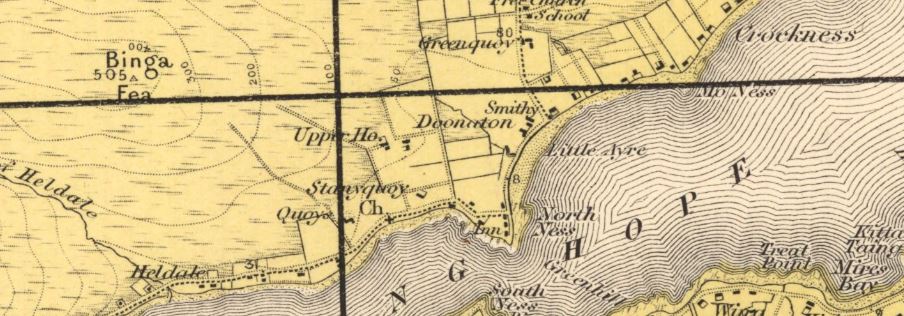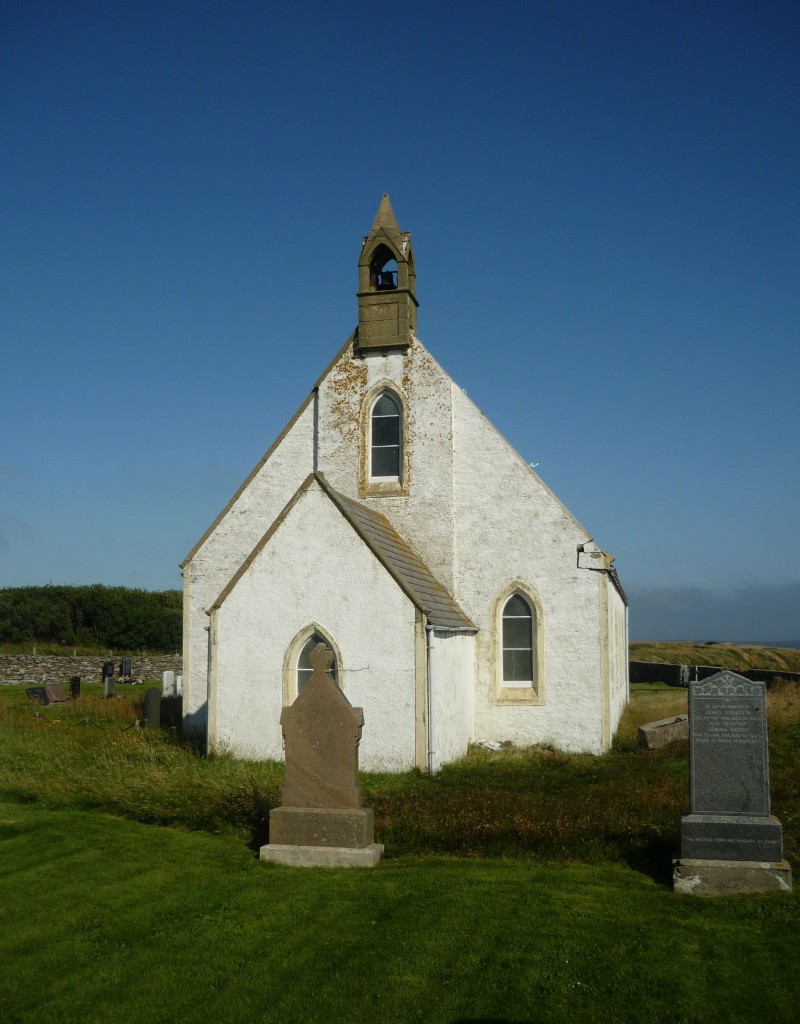Some people really make an impression, even dead people. Euphemia Sandison is one of them. I first came across her over ten years ago in the 1861 census for Walls, Orkney, the subject of my postgraduate genealogy certificate project.
In that census, she was 41, single, a domestic servant, born in Walls and living in the Crockness area of North Walls with her three sons and her widowed mother, Ellen Sandison. (Link to a map of the area) The head of the household was not Euphemia nor her mother but her oldest son, William, aged 19 and described as a fisherman farming 4 acres.1Census 1861 Scotland. Walls, Orkney. 032/1 2/ 2. https://www.scotlandspeople.gov.uk. All records are from ScotlandsPeople unless otherwise stated from henceforward. That neatly summarises the dominance of men in Euphemia’s life.
It was those three sons who caught my attention: William S Manson, 19, John Manson, 13, and the more unusually named Calder Kerr, 8, all born in Walls too. When I started looking at the Walls Kirk Session minutes, the picture became clearer.

Three sons
The Kirk Session, the local court of the Church of Scotland, comprising of the minister and elders, had a considerable role in policing the morals of parishioners at this time. (See: K is for Kirk Session records.)
Fornication trilapse case
On 3 October 1852, Euphemia appeared before the Kirk Session of Walls for “trilapse fornication”, in other words having a third child as an unmarried woman. Her minuted response seems very straightforward: Cathel Ker, living in the Highlands, was the father; the sin was committed in July 1851 and the child born on 15 April 1852. She produced a letter from Cathel Ker acknowledging that he was the father and promising to give “what he could afford”.2Parish of Walls, Orkney. Kirk Session Minutes. 1837-1865. 3 October 1852. CH2/1105/1. NRS, Edinburgh (and also Orkney Archive). Referred to as Walls KS minutes henceforward. There is a birth record for him in the Walls OPRs, in the same mixed list and right after his his half-brother, John. There his first name is Cathel (Baptisms (OPR). Walls, Orkney. 15 April 1852.) Possibly added from the Kirk Session minutes? She had been here before and knew the drill.
But things were not so easily sorted. Perhaps the details were too vague, the Highlands covered a vast area, after all. Or was there concern over “what he could afford”? Would it be enough to keep this mother and child from reliance on parish poor funds? Who can tell, but the Session needed to know more and so Euphemia was asked to appear again.
That seems to have happened on 5 February 1854, almost 18 months later, if the minutes are correct. The only additional detail now was that Cathel Ker was from the West Highlands. As she was guilty of fornication for the third time, Session referred the case to Presbytery, the next level up, the presbytery of Cairston in this case.3Walls KS minutes. 5 February 1854.
On 7 May 1854, she appeared again before the Session and the advice of the Presbytery was delivered: she was required to appear before them on 10 May. Just for good measure, she was once more rebuked by the Session, too.4Walls KS minutes, 7 May 1854. To no avail, for the Cairston Presbytery minutes record that she failed to appear and that the Session of Walls was instructed to summon her for a second time.5Presbytery of Cairston, Orkney. Minutes. 10 May 1854. CH2/46/4 p 356. NRS, Edinburgh (and also Orkney Archive)
Little more than two days’ warning for a sea journey to Stromness, which would have taken the best part of a day there and back, seems quite unreasonable, not least for a woman with a young child, and with the likelihood of bad weather too. Two months later, on 12 July 1854, Euphemia did make the trip to Stromness and “having again acknowledged her guilt was suitably admonished by the Moderator and dismissed”. The Walls Kirk Session was instructed to decide on the future discipline that she should undergo.6Presbytery of Cairston minutes. 12 July 1854. CH2/46/4 p.358-360.
All settled
Silence again, until a minute of 14 January 1855. The minister of Walls, William Anderson, produced a letter from the Rev David Williamson, minister of Assynt, enclosing a copy of a letter from Mr McGilivray, Schoolmaster, Drumbeg, stating that the latter had seen Cathel Ker who acknowledged that he was the father of Euphemia Sandison’s child.
It had taken approaching three years, a good bit of letter writing and tracking around the remote commuties of Assynt in north-west Scotland, but the Session had their result: proof that Cathel Ker was the father. Just as Euphemia had told them at the start. After all that fuss, Euphemia was “restored to church privileges” as she had told the truth, been rebuked and had obediently made the effort to appear before Presbytery.7Walls KS minutes, 14 January 1855.
What would it have been like for Euphemia? Shame? Anger at the minister and elders who appeared not to believe her? Was her failure to attend the first Presytery meeting an act of defiance or the result of the practical difficuties around a boat journey of a few hours at very short notice?
The older sons
There is only a very brief record in the Kirk Session minutes on 6 January 1842 when Euphemia appeared for the sin of fornication with a man named Manson from the parish of Canisbay, Caithness.8Walls KS minutes 6 January 1842. The baptism register adds some more detail:
“William Sandison spurious son to William Manson a single man residing in East Mey Caithness & Euphemia Sandison a Native of this parish was born on 26th April 1841 and baptised on the 26th May 1842 in the Schoolroom North Walls before a Congregation assembled for public worship”9Baptisms (OPR). Walls, Orkney. 26 May 1842. 032/ 40 90 https://www.scotlandspeople.gov.uk
“Spurious” means illegitimate. Her second son, John, was born on 9 May 1847 but there is no record of any rebuke on that occasion though his baptism record named John Manson, a farmer, as his father.10Baptisms (OPR). Walls, Orkney. 9 May 1847. 032/ 40 168. His birth is included in a rather jumbled list of births, with no baptism dates, probably added in a bid to tidy the registers before the start of civil registration. There is no way of telling whether thisthe father’s name was true but the same name was included in John’s death record in 1873. This is most likely the result of a gap in the Kirk Session records.
Initially, I tended to think of Euphemia as a happy-go-lucky character, something like Dylan Thomas’s Polly Garter, but increasingly I see her as ill-used and abused in a male-dominated world. Had William Manson, John Manson and Cathel Ker promised marriage but then reneged? Given the level of detail Euphemia gave to the Kirk Session that seems unlikely in Cathel’s case. Did they ever provide for their sons in any way? Whatever the answers, they appear to have had a far easier time at the hands of the Kirk Session than she did.
Getting on with life
Euphemia’s life is mainly recorded in the censuses and affected by the lives of her family. By the 1871 census, her son William had married and moved to the neighbouring island of Fara and so Euphemia was head. Not only was she farming eight acres and dealing with a 78 year old mother and a 7 year old niece, Fanny Doras, illegitimate daughter of her sister Frances, but there were also three lodgers, all hawkers. Her son, John (a farm servant), was also at home.11Marriages (CR) Scotland. Walls, Orkney. 11 February 1864. 032/1 1. Census 1871. Walls, Orkney. 032/1 2/ 14 Perhaps no-one else was willing to take in the hawkers who would have given some payment, in goods, at least, if not in money.
The third son, Calder, is nowhere to be seen, very probably a fisherman or at sea like many from North Walls. So far, I have not traced him at all after 1861.
Her son John was definitely a fisherman when he died in Stromness on 3 May 1873, as the result of blood poisoning.12Deaths (CR) Scotland. Stromness, Orkney. 3 May 1873. 030/ 32 Ellen, her mother, died at Crockness, Walls, on 26 January 1875.13Deaths (CR) Scotland. Walls, Orkney. 26 January 1875. 032/1 2 By the 1881 census, Euphemia had moved from Crockness to the Halyiel or Heldale area, about two miles away, where she was recorded with her sister, Frances (an unemployed domestic servant), and Frances’ daughter Fanny (a farm servant).14Census 1881 Scotland. Walls, Orkney. 32/1 2/ 4

Her sister Frances died less than a year later on 21 January 1882.15Deaths (CR) Scotland. Walls, Orkney. 21 January 1882. 032/1 1. The 1891 and 1901 censuses find Euphemia still at Halyiel with her niece, Fanny Doras (general servant), and also a lodger in 1891.16Census 1891 Scotland. Walls, Orkney. 32/1 2/ 4. Census 1901 Scotland. Walls, Orkney. 32/1 2/ 3 In all the censuses, she is described as a crofter or farmer even 1901 when she was 81. There was no old age pension yet.
A brief moment on the wider stage
Stromness may not have held many happy memories for Euphemia, bearing in mind the rebuke before Presbytery, but in August 1888 she had a good reason to be there. The Crofters’ Commission, established in 1886, first heard applications for fair rents from Orkney crofters in summer 1888 and she was one of those summoned to Stromness for 23 August, one of very few women. She would have submitted an application in advance and now presented her case as summarised in The Orkney Crofters.
Euphemia Sandison, Helyiel, deponed: I have 1 cow, 1 ox, and 1 sheep. I hold over 2 acres arable. My rent is £2, and the arrears £2 10s. I have been in the place since 1878. I have improved 1 acres, and expended £2 on a byre. I have the right of grazing on Bingefea and Crockness, but I do not want to go to the latter place.
Mackintosh, WR (1889) The Orkney Crofters. Kirkwall: Wm Anderson, The Orcadian. p.75.
That brief paragraph of information says so much about her life. By now almost 70, she had taken on the croft in Helyiel (Heldale) in her late fifties and worked to improve it through her sixties. It was tiny; her life can have been little more than subsistence farming yet she had built a byre, probably with some assistance from the landlord though estate records have not survived for this period. There seems to have been no response from the landlord’s agent at the Crofters’ Commission hearing.
The smaller acreage, half the size or less than the family croft in Crockness, may have driven the move both in terms of lower rent and less land to work. With all three sons gone, manpower, food supplies from fishing and maybe income too would have been much reduced. And why did she not want to use the grazings in the Crockness hill? Distance probably, about two miles away, but were there other reasons too? We will never know but at least the ruling of the Crofters’ Commission was in her favour:
Decision. – The rent was reduced from £2 to £1 15s. Of the £2 10s of arrears, £1 10s were cancelled, and the balance of £1 ordered to be paid in two instalments of 10s.
Mackintosh, WR (1889) The Orkney Crofters. Kirkwall: Wm Anderson. p.75.
(You can read about other applicants from her area on this page.)
The last years
On 26 May 1905, some four months before her death, Euphemia applied for poor relief. Her application was refused, the reason being “She has a croft and some animals”.17Parochial Board. Walls, Orkney. Poor relief record of applications. 26 May 1905. CO6/20/2. Orkney Archive, Kirkwall, Orkney. The Register of Applications has a column “Wholly or partially disabled?” which was unfortunately, and unusually, left blank in her case.
However when she died on 22 September 1905, aged 86, the cause of death was “general debility with cardiac failure 5 years”, and so it seems a harsh decision.18Deaths (CR) Scotland. Walls, Orkney. 22 September 1905. 032/1 8. Only the Register of Applications survives for Walls, with fairly sparse detail, and so we do not know what other factors were considered. I hope her niece, Fanny Doras, who seems to have lived with her, shouldered some of the burden.

Euphemia has no gravestone but it is likely that she was buried at Osmondwall in South Walls, where her father John (and probably her mother too) was buried in 1858, some years before St John’s (right) was built.19Deaths (CR) Scotland. Walls, Orkney. 14 November 1858. SANDISON, John. 032/1 11 This mission church in North Walls, almost equidistant from her birthplace in Crockness and Helyiel/Heldale where she died, did not have a graveyard until 1911 or later. Her niece Fanny Doras was certainly buried there, with gravestone.20Monumental Inscriptions. St John’s, Melsetter, Walls, Orkney. Sandison, Frances D. 30 June 1942. [Transcription] Orkney Family History Society. https://orkneyfhs.co.uk/mis/mis.php : accessed 12 December 2019 (available to members only). Deaths (CR) Scotland. Walls, Orkney. 14 November 1858. SANDISON, John. 032/1 11
Family background
Her parents were John Sandison (c1783-1858), mason and farmer, and Ellen Swanson (c1793-1875). Aged 41 on census night 7 April 1861, Euphemia would have been born around 1819-1820 but there is no birth/baptism record for her in Walls – there are gaps at that time.21Deaths (CR) Scotland. Walls, Orkney. 22 September 1905. 032/1 8. Her cousin John Swanson registered her death and her father’s name matches the husband’s name in her mother’s death record (Walls, Orkney. 26 January 1875. 032/1 2.) As she died aged 86 on 22 September 1905 that also matches with an 1819-20 birth.22Her age is consistent in the 1841, 1851 and 1901 censuses though in 1881 and 1891 she was slightly older. I always check all available censuses for age and birthplace if there is any issue. It is also worth checking a slightly wider range of years, 1817-1820 here, in case the age was incorrect. There are gaps in the Walls OPRs around 1820 which probably account for finding no record.
Two older sisters, Elizabeth and Williamina, both married while her younger sister Frances (also known as Fanny) was in service in Edinburgh for a time; two younger brothers John and William are not with the family after the 1841 census. All that was left for Euphemia, therefore, was staying at home on the farm and caring for her parents in their old age. By the time she had had a second son outside marriage there was probably no other option anyway.


Great research, and made a great presentation thank you.
Thanks.
Really interesting story. What a hard life this woman and very many others had in these times.
Thanks. She really did have a hard life. One of those people who could be easily forgotten too.
How very very intereati g….you brought dull papers to life!!!
Thanks. I particularly like the Crofters' Commission evidence.
Jane I really enjoyed reading this and it has refuelled my interest to research more into an element of my own family. Definitely a case of “what lies beneath!”
Thanks Muriel. When I looked at the diverse sources I realised I actually knew a reasonable amount about her, and it hit me that she quite probably grew up next door to my x 2 great grandmother who was a few years her senior.
A very comprehensive story of a very hard life – a jolly good read Jane.
Thanks, Ian.
Really interesting. You show superbly well how through these documents you can reconstruct a life. Poor woman, she didn't have her sorrows to seek.
Thanks, Alison. I return to searches for her son Calder Kerr every so often in the hope that he had a good life but suspect drowning at sea is more likely.
Wedi mwynhau darllen hwn Jane.Diddorol dros ben. Menyw gref iawn mae’n siwr gan iddi fyw yn hen wedi bywyd o galedi. Cofion atat. X
Diolch Delyth. Yn wir, menyw oedd wedi arfer â gweithio’n galed. Druan ohoni.
Very interesting Jane. Very sad story too.
Thanks for reading and commenting Janet.